Hi love, back again with another Japan Journal; and this one is based on a popular request (from you!) that filled my Instagram inbox. Hope you enjoy reading this ‘Autumn Diary in Tohoku’ as much as I enjoy writing about it; in fact, I am currently typing this while being drowned in my autumn-post-holiday blues. Aw.
You remember my super fun familiarization trip with Air Asia Indonesia to New Zealand? Well, I was beyond ecstatics when they contacted me again to experience Autumn in Japan, on a trip organized by Japan National Tourism Organization (JNTO). Are you kidding me? Is that even real? For years, I could only dream of having the chance to witness the magical autumn in Japan. My last trip to Tokyo last September fell on the end of summer so it wasn’t much of a sightseeing trip (it was shopping all the waaaa..aa..ay), but dude, apparently dreams do come true if you wish it hard enough. God’s blessing is truly abundant.
Long story short, there I was with a huge smile on my face, sitting on the floor of my room, packing my sweater for the weather (excuse my unoriginal rhyme).

Autumn in Japan is the season that everyone happily celebrates for. Actually, I always think it’s only in Japan where the whole country is extremely proud of all its four seasons; and obviously for a good reason too. In this country, each season cycle is so pronounced and play such a great role in the country culture -from art, festivals to desserts. I’ve been very blessed to have the opportunity to experience winter in Shirakawa-Go two years ago and spring/cherry blossom season in Tokyo this year. Those two trips are among the most memorable times I’ve ever spent in Japan. But trust me, this autumn trip has topped them all.
I’ve seen (and drooled at) enough Pinterest images and desktop wallpapers featuring the breathtaking landscape of autumn in Japan: trees skirted by pools of gold and rust colored maple leaves, whirling twirling all around as the autumnal wind slowly lead; earth colored gardens adorning the valleys, river sides and the grounds of shrines; misty morning, cozy evenings and warm cinnamon chocolate. Insert heart eyes emoji followed by red maple leaf.



All the summer green foliages turn into magnificent vibrant colors before turning completely naked in winter. The beauty of momiji/koyo (紅葉, autumn leaves) is just as captivating and as ephemeral as the sakura (cherry blossoms) during spring; thus the Momijigari (Autumn Color Viewing) get as much enthusiasm as the iconic Hanami (Flower viweing) in spring.
An interesting fact about Momijigari and Hanami: both are parts of Japanese philosophy to truly live in the moment to bask in the season and reflect on the impermanence of it all.
In contrast with cherry blossoms, autumn colors start from the north. They can be seen first at the beginning of September in Hokkaido, then slowly moves southwards until it reaches central and southern Japan towards the end of November. This makes the obscure Tohoku the perfect Momijigari place to be on October. Here’s a handy map to get you a better idea where it’s actually located.

The Tohoku Region (東北地方) is located in the northern part of Honshu island and made up of 6 prefectures: Aomori, Akita, Iwate, Yamagata, Miyagi and Fukushima. This region is mostly overlooked by visitors who mainly visit Japan for the more popular Tokyo, Kyoto or Hokkaido. On the brighter side, this make Tohoku a lovely place to enjoy autumn time, since it won’t be as crowded as the other regions (meaning there won’t be other tourists photobombing your selfies, or long queues just to get inside any sightseeing place.)




After spending four days in this region, I can honestly say that I’ve fallen in love with Tohoku’s laid back vibe, timeless charm of atraditions, art, culture, food and truly breathtaking autumn sceneries in each place that we visited.
So, enough intro and come explore Tohoku with me on this journal! Hopefully it will inspire you for your next trip to Japan and especially on autumn season. And once again I would like to thank AirAsia Indonesia and JNTO for making this dream trip finally come true, and also to the crazy new friends I made on this trip! 愛してる。

Fukushima
We departed Tokyo in the morning on a Shinkansen bullet train and arrived in our first destination: Kōriyama city (郡山市, Kōriyama-shi) in Fukushima prefecture, before transferred to Nihonmatsu town by coach bus. Our first sightseeing location was Nihonmatsu Castle (二本松城 Nihonmatsu-jō), also known as Kasumi-ga-jo (霞ヶ城) between southern Fukushima city and Koriyama city.



The Nihonmatsu Chrysanthemum Festival (二本松菊人形) is the town festival held annually on autumn in the Kasumi-ga-jo castle area. It features the displays of flower competition for local gardeners and the legendary kiku ningyo, life-sized dolls of historical period dressed in costumes constructed from elaborate flowers and leaves arrangement. Yep, it just looks as awesome as it sound.



Kiku Ningyo used to be an imperial entertainment and art of the Edo period but sadly its presence is getting more and more rare. Nihonmatsu is probably the only town left in Japan that still celebrates this craft since 1930 until today. This art requires great skill and patience of the creators (I had the chance to see one of the artisans in action. If only I possess 1/100 of her patience, focus and dedication…) and fortunately this town is still filled with the masters who had passed their skills from generation to generation.





The Kasumi-ga-jo park is a wonderful scenery of its own. The park is more famous as a cherry blossom viewing spot during spring, but during this time of the year it looks just as breathtaking. This was our first Momijigari spot so I was so happy!






Miyagi
Miyagi Prefecture (宮城県, Miyagi-ken) is one hour drive from Nihommatsu, and during the whole road trip, our sights were indulged with breathtaking autumn sceneries from outside the window. Our highlight of the day was visiting the Zao Fox village. Honestly I was already giddy with excitement the moment I read about it on our itinerary! I mean, where else in the world would you be able to be surrounded by cute fluffy foxes?
I have to tell you though that I got a bit freaked out when the village staff explained (warned) us about the rules inside the village. Aside from the obvious (Enter at your own risk, do not touch the foxes, do not feed using your hand, do not drop your belongings, do not squat on the ground; the foxes might bite you.) she also showed us a war scar on her hand made by an angry fox. The foxes are indeed wild animals and shouldn’t be assumed as domesticated; just because they are contained in a human-made environment doesn’t make them tame; but the last thing I wanted was running for my life getting chased by an angry fox, or some worse situation I tried not to think about #shudders.



However upon entering and walking around there for awhile, my worries slowly disappeared. I would still advise you to stay being careful, respectful and not do stupid things like oh hey cutie here let me pet your cute head. There were probably a hundred foxes, all roaming around inside the open air, free-range village/zoo/farm/preserve area, with only the exceptions of the breeding foxes and baby foxes which are all kept safely behind a cage. The foxes are just curious by nature, they might approach you at first but if you don’t have food for them they’ll leave you like you’re insignificant in their wondrous foxy life. Don’t take it personally.
Oh and they won’t respond or wake up from their nap to hey foxie look here to my camera. Really, just let them be.



Our hotel in Miyagi is by far my most favorite hotel during the whole trip hence it deserves a whole review. The Onikoube Resort Hotel is located on the mountainous area of Osaki and is also a great onsen/hot spring hotel. I kinda regret that I didn’t try the onsen because I was too tired that evening and instead opted for a foot massage (which was really nice and relaxing). We had a traditional Japanese dinner at the hotel dining hall and it was delicious.


The breakfast was a truly memorable experience of its own (not the food. The food was just okay). During dinnertime, we couldn’t see anything out of the window but on the next morning when we were sitting on the same dining hall, we were jawdropped by the breathtaking view from the big windows surrounding the room.




Our next destination was The Naruko Gorge (鳴子峡, Narukokyō), one of the best autumn foliage viewing spot in the whole Tohoku, if not the whole Japan! This Pinterest dream location features hundreds fall foliages covering the whole valleys. An observation deck/photo taking spots is conveniently provided with a view straight to the Ofukazawa Bridge for your Instagram primal needs.





We wrapped our short but sweet Miyagi trip by joining the Kokeshi Painting workshop. Kokeshi (こけし こけし), are traditional Japanese wooden dolls, born in the forests of the Tohoku region, with the distinct character of a big round head and a simple limbless cylinder body. The origin date back to the early 19th century when woodworkers who were only accustomed to make bowls and plates, began to create simple dolls to sell as toys and souvenirs to the onsen visitors during winter months. The dolls gained popularity worldwide and became one of the celebrated folk art.



In Miyagi, craftsmen’s’ techniques for making Kokeshi dolls were recognized for their artistry. We were introduced to the Naruko Kokeshi, the specialty of Naruko Onsen. One of the unique characteristics of these Naruko Kokeshi is that their heads squeak when turned.
The workshop was super fun! I hadn’t touched my paintbrush for yeaaaaars so my strokes were pretty rusty, but I kinda loved how my kokeshi turned out. The instructor told us that the first kokeshi usually will bear resemblance to its painters. I’ll let you guys judge it for me.




Iwate
We arrived in Hiraizumi (平泉町, Hiraizumi-chō), a beautiful, rural town in southern Iwate Prefecture, just in time for lunch at Bashokan Restaurant. I sat down on the restaurant puzzled, looking at over twenty tiny bowls of noodles arranged neatly on two tiered trays. Am I supposed to finish all these? Next to the bowls were plates of various condiments: soy sauce, daikon radish pickled in miso and salmon roe, among many others that I didn’t recognize.

Turned out that the Wanko-soba (わんこそば, wanko = bowl, soba = noodles), how the whole dish is called, is a specialty of the Iwate region. There are many stories of how the dish came to be, one of them involving a general/lord/some scary historical figure who came to a house/soba joint (I have rusty hand AND memory, sorry.) The owner of the house were scared to death of not being able to cook a dish that fulfill his appetite so he decided to serve a lot of variety of soba. Turned out the great scary man loved it and kept asking for more serving. This is said to have established the tradition of hosts continuing to serve small bowls of soba (which is actually equivalent to one big/regular bowl of soba) until their guest was satisfied. I finished fifteen bowls, just for your information.

After lunch, we departed by bus to visit the beautiful Mōtsū-ji Temple (毛越寺), a buddhist temple goes back more than eight centuries ago. This UNESCO World Heritage temple is best known for its large, calm and serene garden, one of the few remaining Jodo (Pure Land) Gardens grounds in Japan. The Jodo Garden landscape is arranged such that the temple, garden, and pond are unified as one.




We had a slow walk around this tranquil garden while taking in the sights of auburn, gold, brown and orange leaves. This was hands down my most favorite autumn scenic spot so far, hence the tons of photos below:






The next stop to the nearby Chūson-ji Temple (中尊寺) was brief because the sun was beginning to set, but nonetheless very memorable. Chuson-ji is one of the most important Buddhist temples in Japan. This was a period when Hiraizumi served as a sort of northern capital of Japan and prospered even more than Kyoto, and this temple was the focus of the city.





We passed a dense cedar forest that led us to the heart of the temple, the Konjikidō (The Golden Hall). The Golden Hall is a spectacular masterpiece built from wood and covered in golden leaf. Numerous Buddha statues guard this hall, which serves also as the mausoleum of the four generations of the great Oshu Fujiwara. Please kindly google his name for the exact history; it was my fifth day getting restless from all the excitement thus lots of information from the guide wasn’t properly stored in my poor little brain.
Photography is not allowed in this hall but here is a beautiful photo from Chūson-ji’s official website:





Here are some details and informations for all the places we visited above:
Nihonmatsu Chrysanthemum Festival (二本松菊人形)
October 27thto November 18th
Kasumigajo Park
4 Chome Kakunai Nihonmatsu-shi, Fukushima
Sushitomi
2-159-18 Wakamiya Nihonmatsu-shi, Fukushima
Opens everyday 11:30-22:30
Zao Fox Village
Kawarago-11-3 Fukuokayatsumiya, Shiroishi, Miyagi Prefecture
Opens everyday except Wednesday 9:00-17:00
The closest train stations is Shiroishi-Zao station (approx. 1 hour 50 minutes from Tokyo by JR Tohoku Shinkansen) or the local Shiroishi station (approx. 45 minutes from Sendai by local JR train). From both stations, you have to take either a taxi or shuttle bus to reach Zao Fox Village.
Naruko Gorge
Shitomae, Narukoonsen, Osaki-shi, Miyagi Prefecture
The closest train stations to the Naruko Gorge are Nakayamadaira Onsen and Naruko Onsen Stations on the JR Rikuu-to Line. Both stations are about two kilometers from its western and eastern side.
Naruko Kokeshi Workshop / Japan Kokeshi Museum
74-2 Azashitomae, Naruko-onsen, Osaki-shi, Miyagi
The closest train station is JR Naruko-onsen Station, then 5 minutes taxi ride to the workshop.
Resort Park Hotel Onikoube
26-17 Onikoube Azaoshimizu, Naruko-osen, Osaki-shi, Miyagi
Bashokan Wanko Soba
3-1 Suzusawa, Hiraizumi, Hiraizumi
Price range: from 1,850 yen/person
Opens everyday 11:00-19:00
Motsu-Ji Temple
58 Hiraizumi Osawa, Hiraizumi-cho, Nishiiwai-gun, Iwate Prefecture
Opens everyday
Chuson-Ji Temple
202 Hiraizumi Koromonoseki, Hiraizumi-cho, Nishi-Iwai-gun, Iwate Prefecture
Opens everyday
This mark the end of our Japan autumn journal! I was pretty sad to leave Tohoku the next day to get back to the city. I owe you many more travel journals, so stay tuned! If you have any questions about Tohoku travels or visiting Japan in autumn, feel free to drop the question on the comment section below. じゃまた!



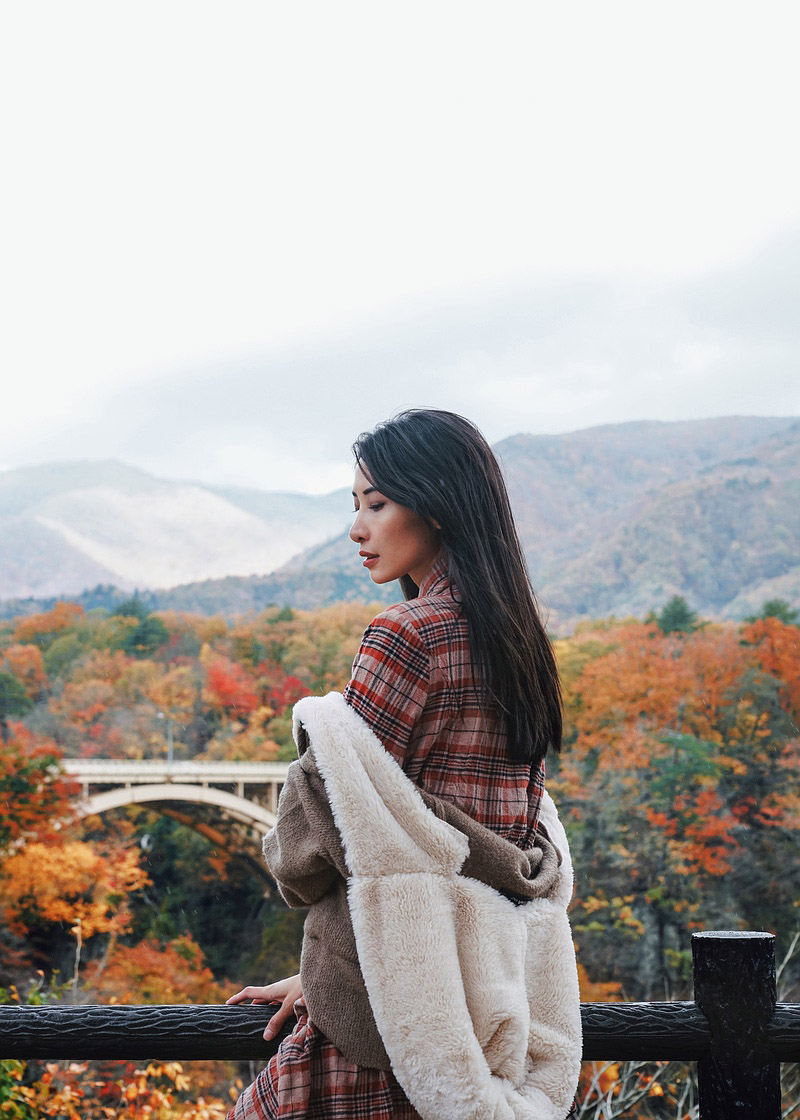
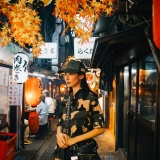
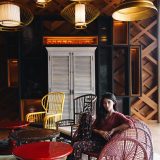
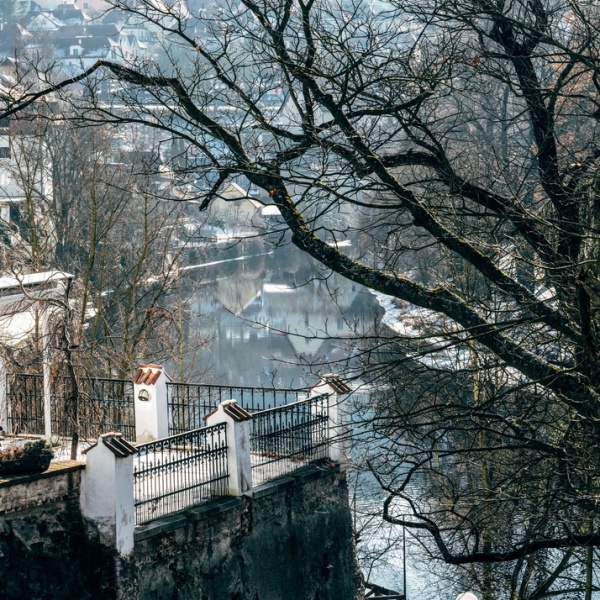
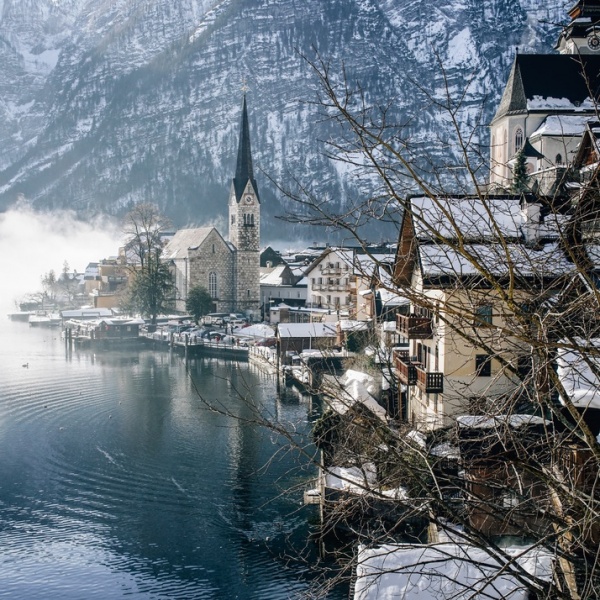
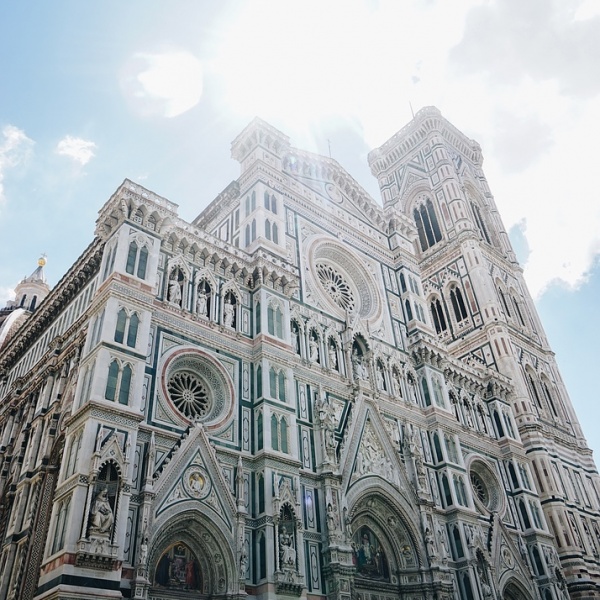
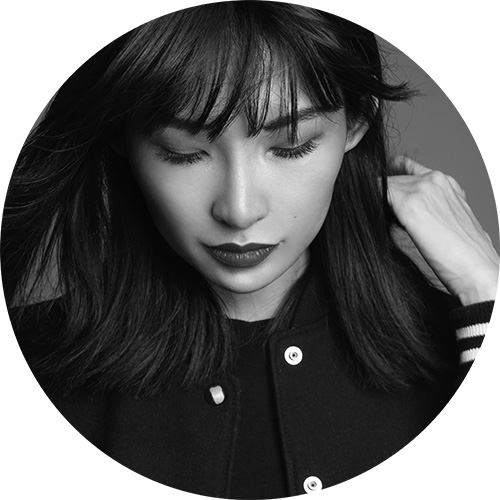

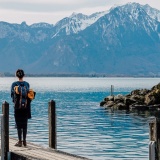









One comment
Linda
Wow! incredible photos!!
Im going to Japan in October this year, hopefully will be the same autumn red.
Were you using the RX1RII in these photos still?